Posted on 5/3/2018
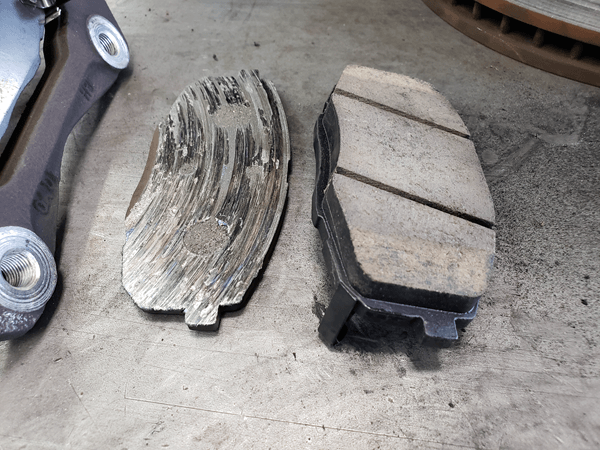
How to Do A Brake Job the Right Way Why do we need another article on doing a brake job? This article will give you the know-how and numerous tips to help you solve common braking issues on today’s vehicles. In this article, I will give you professional advice and technician-accredited tips that we’ve been using at our shop for years. Hopefully, whether you’re a driver, do-it-yourselfer, or technician, these steps and tips will help you make the right decisions when it comes to addressing brake repairs on whatever vehicle you’re driving or working on. One of the first things you need to start with is why your vehicle needs brake repairs in the first place. At the risk of minimizing your technical expertise, no matter what level you are at, I believe it’s important to first nail down the reason behind the brake job. On the one hand, if you know you need brake repairs because you’ve done a brake inspection and have verified that brake pad thickness ... read more
Posted on 4/20/2017
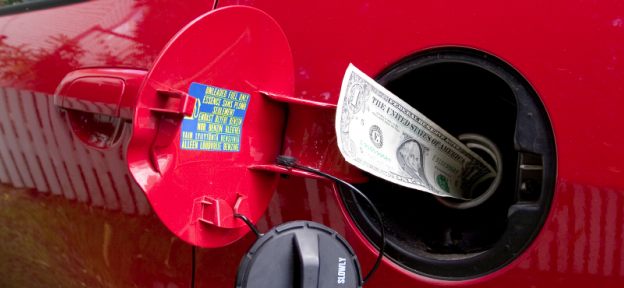
With the price of gas continuing to increase, many people are looking for ways of increasing their car's fuel efficiency. The more miles per gallon you can get, the less you have to fill up and the more money you can save. While some would say the answer is to buy a hybrid vehicle, these cars are still fairly expensive, plus it makes no sense to buy a new car if the one you're currently driving isn't that old and is in good running condition. Instead, make use of these top five ways you can increase the fuel efficiency of your car. 1) Be Smart About How You Drive. While different brands and models of cars have different optimal fuel speeds, all of them start to see a major decrease in efficiency when being driven over 50 miles per hour. Rapidly accelerating also wastes gas and decreases your efficiency. In fact, it's been estimated that speeding, rapid acceleration and quickly hitting the brakes can drop your fuel efficiency by more than 30 percent. In ... read more
Posted on 4/20/2017
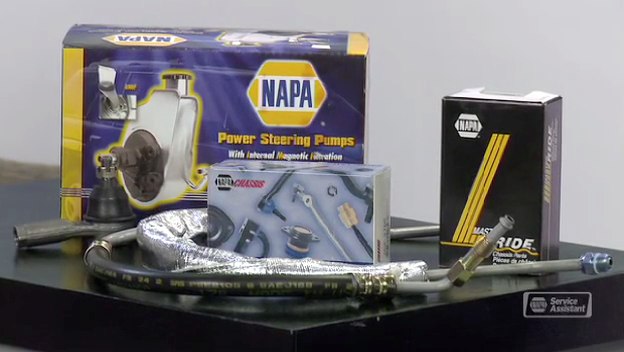
Steering is one of the things we take for granted in our vehicles. So, what are some of the things you should know about taking better care of your steering system? I like to think of steering in two areas. First, the power assist, and second, the actual parts that steer the vehicle. I'll bet most people under forty have never driven a car or truck without power steering. Most vehicles today have a hydraulic power steering pump that provides boost to help you steer. The pump is usually driven by the serpentine belt, but some newer vehicles have an electric pump. The important thing to keep in mind is these pumps and motors will eventually wear out, and the hoses will start to leak. We can postpone that day by having the power steering serviced from time to time. During this service we drain the old fluid and replace it with fresh fluid. This removes water and contaminants that can corrode power steering parts. Ask your Elite Service Advisor for your particular recommended change in ... read more
Posted on 4/20/2017

All of us that have ever owned a vehicle, know that parts wear out and break down, occasionally leaving us on the side of the road waiting for a tow truck. Regular servicing and maintenance can help diagnose small issues before they become huge repairs, but no matter how much you keep your car in top shape, repairs are simply a fact of life for car owners. Depending on the type of repair needed, costs can be minimal or you might seem you need a second mortgage in order to pay the mechanic. Simple Repairs Are Not Always Simple Many people think a flat tire or new battery is no big deal and are surprised to find out how expensive some basic repairs can be. Another wrong turn consumers often make is diagnosing the problem by themselves. Unless you're a mechanic or grew up in an oily smelling garage, you probably don’t know as much as you think you do. You might assume when your car won’t start, it’s only the battery when a certified mechanic will be able to t ... read more
Posted on 4/20/2017
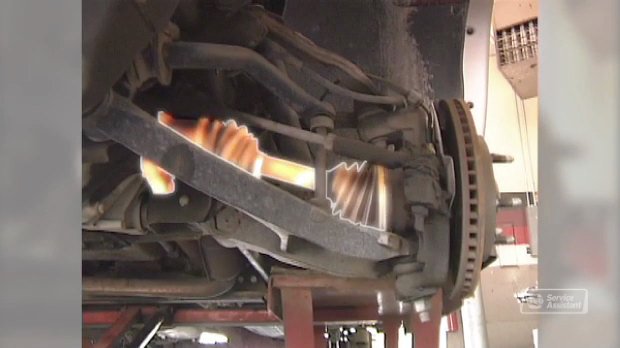
Your axles are the last link in transferring power from the engine to your wheels. They're strong parts that last a long time, but they can run into trouble. Of course, axles just wear out over time and need to be replaced, and sometimes axle seals leak, causing the axle to wear out prematurely. Lubricant leaks out and water and dirt can get in and contaminate the gears. When this happens, you might hear strange noises coming from your axle. If you have a rear wheel drive vehicle, the sound would be at the back. If you have a front wheel drive vehicle, the sound would be up front. Of course, with an all wheel drive vehicle, the sound could come from either the front or the back. It might be a groaning sound or a clunking noise when you’re turning. Your service technician here in Temple at Elite Auto Repair can inspect for leaking seals. There's a rubber boot that protects the constant velocity, or CV joints, on so ... read more
Posted on 4/20/2017
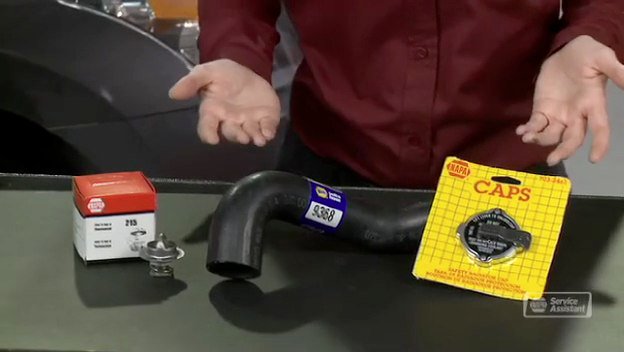
I'm often asked questions about the cooling system, the system that cools your engine and keeps it at the proper operating temperature. I like to divide the topic into two areas. First, the coolant itself, and second, the parts that make up the cooling system. The coolant is the mix of water and antifreeze that circulates through the engine to draw off heat. First, you need to have the proper amount. If you don’t have enough coolant, it can't keep your engine cool. You also need the right kind of coolant. Different makes of vehicles require different coolant formulation, to protect against corrosion. Finally, your coolant needs to be fresh. Over time and miles, the anticorrosion additives in the coolant are depleted, and the coolant can actually start to eat away at the cooling system parts. Your owners manual and Elite Service Advisor can help you with the recommended coolant replacement schedule and make sure you're getting the right type of coolant. Now let's talk about the ... read more
Posted on 4/20/2017

While our mild weather makes it attractive to many, it’s important to remember weather can be unpredictable regardless of where you’re located. Preparing your vehicles for winter and cold climates can be essential to the performance of your car. During the winter you don't have to drive very far from the Valley of the Sun to find yourself in the pines, and in winter driving conditions. Prepare for Adverse Weather Externally ++ Start with your car’s shoes. For the most part, winters in our area are pretty mild. Your all-season tires should provide sufficient enough traction to navigate the roads just fine. However, the tread depth, tire pressure and condition of each tire should be assessed to determine if you need to complete any necessary repairs or purchase new tires. If snow and slippery ice conditions are commonplace for you (Flagstaff anyone?), consider switching to a dedicated pair of snow tires, or at least a highly ... read more
Posted on 4/20/2017
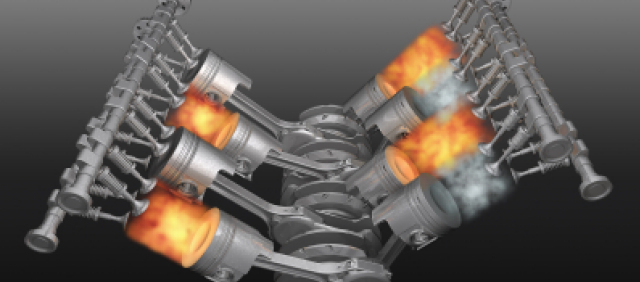
When the oil gets low, we pop the hood, look for the small yellow cap, and pour in the quart. But do we ever look at the rest of what’s going on under the hood? If we venture a little farther than the oil cap, we might understand that the battery helps start the car. We might discover that the alternator recharges the battery while the car is running. We might fundamentally grasp that the transmission makes the gears switch. But, we're literally dancing around the main question: what about that big engine right in the middle? The average American understands that by feeding the engine gasoline, it makes the wheels turn, but beyond that we get lost. In an effort to get rid of ignorance, below is a step-by-step description of how a standard engine works. Most engines in cars--diesels ignored--are four-stroke engines. This means that for every power stroke that the engine puts out, there are four strokes total that each of its pistons performs. A stroke is ... read more
Posted on 4/20/2017

It's no surprise your vehicle will drive better if all the wheels are pointed in the same direction. That's called wheel alignment. What might you notice first if your wheels are out of alignment? Usually it's that your vehicle pulls to one side or the other. Now, something you won't notice right away but will if you keep driving when you're out of alignment, is your tires are wearing unevenly and fairly quickly, and that's not good. When your vehicle is pulling to one side, you have to steer it back straight. The outside of the tire just wears out fast because you're constantly turning as you correct against the pull. Not mention it can be very exhausting on a long road trip, fighting to keep the vehicle going straight down the road. What causes wheels to go out of alignment? Some of the things are slamming into a pothole, smacking a curb or something like a rock. And it doesn't have to be a big shock either, it could just be the regular bumps and bangs of daily driving tha ... read more
Posted on 4/20/2017

There are a lot of things people come to dread during the hot summer months, especially in areas where the thermometer climbs into the triple digits (Tempe, Chandler. Phoenix anyone?) One of these dreaded things is getting into a hot car and sweating it out until the air conditioner can work its magic. There are a few different things you can do to help keep your car considerably cooler. One of the most obvious things is to park in the shade. While this isn't always possible, if it is, it truly can help. Now, there are a few downsides to this: sometimes, the only tree in the parking lot is a good distance away from the building, so you'll have to walk farther in the heat. Another issue is the trees are often home to birds, and they love to leave droppings all over cars (especially recently washed ones). Think about where and when you're parking. If possible, park so that the sun is behind your car. This way, it will not be shining directly into the driver's seat, whi ... read more